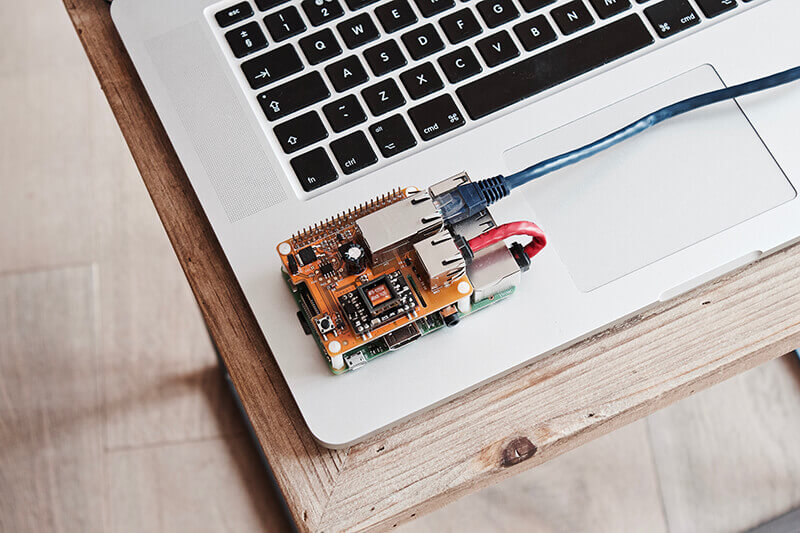
For home and commercial use, there are different types of cables available in the market for daily use. One of them is the cat6 riser cable. While you are purchasing any cable which you need to put inside the wall, you should make sure that it is durable and suitable for installation. Few of the cables meant for installing inside the walls are the CMR (Riser) and CMP (Plenum). Right through this guide, we will guide you about the riser cable and make you know a few major things about its functioning.
Introduction about Riser Cables
Cat5e riser cable is one type of cable running in between the floors within the non-plenum areas. They are known to be the riser cables due to the nature of rising through the floor at the time of installation. Hence, its high importance is because it acts as a building backbone for transmitting the data, audio, or video signals.
Why is a riser cable known as CMR?
In the industry, Cat5e Riser Cable is known as CMR, which is a multipurpose communication riser. CMR is working as the fire retardant rating on the riser cable with which you will be capable of making it get installed on the walls.
Which common materials are used in these cable jackets?
Basic materials used in the manufacturing of the cat6 riser cable jackets are the flame retardant PVC and insulation, which is all around the wires of Polyolefin (PO). These all compounds will allow the cable to go all against the flames and perform at higher temperatures. Hence, these all compounds are important because they simply let you offer the performance you are looking for in various areas.
Where Can You Install Riser Cables?
Now the main question is where you install the riser cables! Well, in most of the houses, you will be finding the mandatory use of this cable for household purposes. They are installed in the walls or even run through the floors. Some people even use it for general purposes such as computers to switch, router to computer and much more.
You will be finding its construction to be long-lasting to survive in the long run. This is much needed as you will be putting it in the walls or the risers. Well, this is all because most of these cat6a riser cables will be having solid conductors.
The involvement of solid conductors helps give the cables better signal strength over longer distances. Plus, they are equally stronger for the sake of pulling through the walls.
How can you connect riser cables?
The process of connecting the cat6a riser cable is simple and straightforward. You can make it happen by connecting the riser cable with the RJ45’s as well as Keystone Jacks. Based on the installation, the location and the cable will be determining the excellent connector for that specific situation.
For instance, the riser cable channel has the riser cable within the walls connected with the keystone jacks. From the medium of jacks, the patch cable is connected with the end device. You can place the keystone jack on the wall plate, which has been mounted on the wall within the bracket.
Different Types of Riser Cables
Now lastly, we will be discussing the types of riser cables! These riser cables are available in varied categories of copper Ethernet cables. This includes Cat5e, Cat6, Cat6A, Cat7A, and Cat8.
Each one of the categories has various capabilities and is often meant for varied applications and speeds. You can dive more into each of the cable categories at the time of shopping for it.
Riser cable is not just available in various categories, but at the same time, it is available in various structures too. You can get the CMR cable in both the shielded and unshielded versions. For instance, we will clearly explain this whole process to you. In the home usage or everyday use in the non-EMI areas, you will choose the unshielded cable. For the areas containing the EMI, such as near towers, doctor offices, or bulk machinery, the use of shielded cable is best for protecting the network from unwanted interference.
The form of unshielded structure which you will find in these cables is the UTP. This term will define the whole process of having Unshielded Twisted Pairs. For the shielded cat6 riser cables, it is very common for the whole structure to be the F/UTP or FTP. FTP stands for Foil Twisted Pairs. It has an overall layer of aluminum foil that is over the copper wires. This later is accountable for giving you protection from the EMI.

Taylor is a freelance SEO copywriter and blogger. His areas of expertise include technology, pop culture, and marketing.









![How to Watch UFC 303 Live Stream Free [Updated 2024] UFC 259 Live Stream Free](https://techsmartest.com/wp-content/uploads/2022/03/UFC-259-Live-Stream-Free-100x70.jpg)

